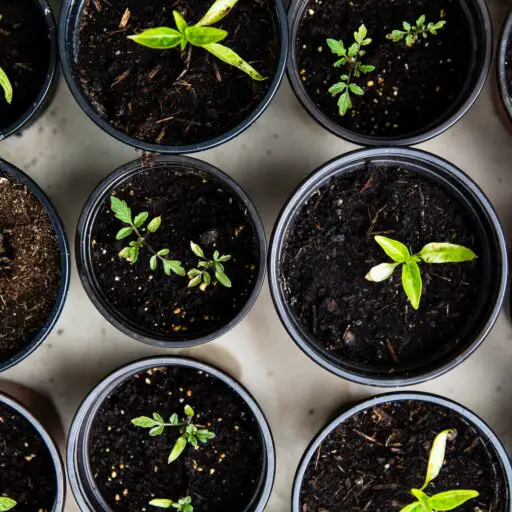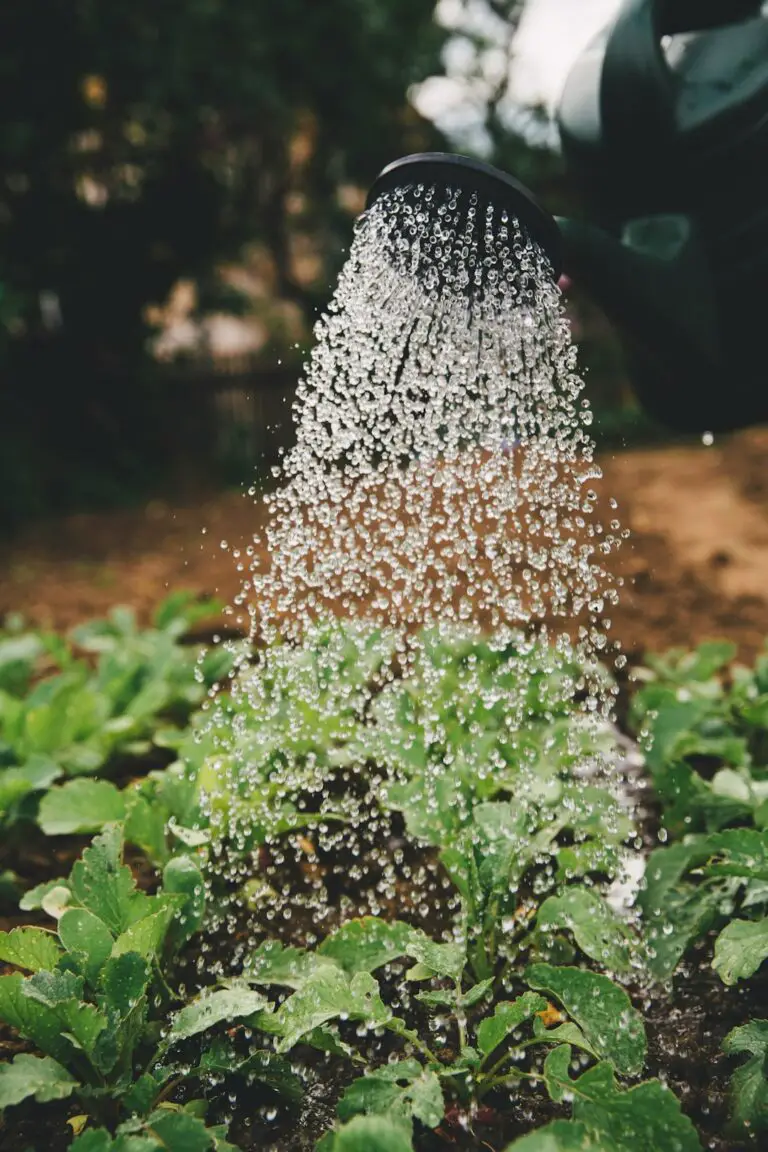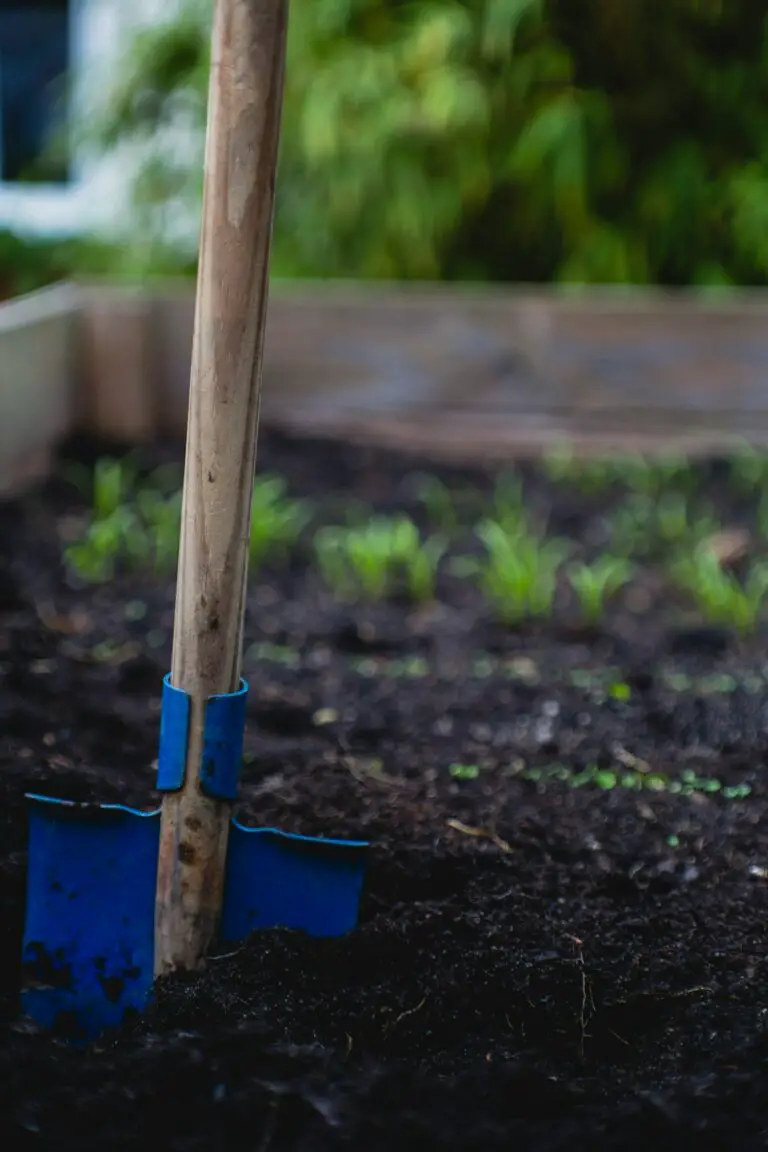Support our educational content for free when you purchase through links on our site. Learn more
Starting a garden can feel like stepping into a world of possibilities, but it also raises the burning question: What does it actually cost to dive into this green adventure? Whether you’re dreaming of homegrown tomatoes or a vibrant flower patch, understanding the financial commitment is crucial. Did you know that the average cost of a raised bed garden can range from $25 to $100 per square foot? 🤯 With those numbers in mind, it’s easy to feel overwhelmed.
But fear not! This article is your ultimate guide to navigating the expenses associated with starting a garden. We’ll break down the costs, uncover hidden expenses, and provide practical tips to help you cultivate your garden without breaking the bank. From soil quality to tools and ongoing maintenance, we’ll cover it all. So, grab your trowel and let’s dig into the nitty-gritty of gardening costs!
Key Takeaways
- Initial Investment: Starting a garden can range from $100 to $500, depending on your setup.
- Hidden Costs: Don’t forget about ongoing expenses like water, fertilizers, and pest control.
- Budget-Friendly Tips: Use recycled materials, start small, and choose low-maintenance plants to save money.
- Value of a Kitchen Garden: Growing your own food not only saves money but also enhances your health and well-being.
- Start Simple: Embrace the journey by beginning with a small garden and expanding as you gain experience.
Ready to get started? 👉 Shop gardening supplies like seeds, soil, and tools at Gardener’s Supply or Burpee to kick off your gardening adventure today! 🌼
Table of Contents
- Quick Tips and Facts on Gardening Costs
- Gardening: A Historical Perspective on Costs
- Is Gardening Really a Budget-Friendly Hobby?
- The Hidden Costs of Starting Your Garden
- Understanding Garden Inputs: What You Need and Why
- Breaking Down Raised-Bed Garden Costs Per Square Foot
- Creating a Stylish, Low-Maintenance Edible Garden on a Budget
- Budgeting for Landscaping: What You Should Consider
- Home Improvement Projects: How Much Should You Allocate?
- Setting Aside Fun Money for Your Gardening Adventures
- The Incredible Value of a Kitchen Garden
- How a Kitchen Garden Can Enrich Your Life
- Surprising Ways You’re Already Spending on Gardening
- Starting Small: The Key to Affordable Gardening
- Building a Raised Garden Bed: A $100 Project
- Finding Funds for Your Gardening Dreams
- Conclusion
- Recommended Links
- FAQ
- Reference Links
Quick Tips and Facts on Gardening Costs
Starting a garden can be expensive, but with some planning and research, you can create a beautiful and thriving garden on a budget. Here are some quick tips and facts to consider:
- The average cost of a raised bed garden can range from $25 to $50 per square foot for DIY projects and up to $100 per square foot for turnkey installations.
- Gardening can be a significant investment, but it can also provide numerous benefits, including fresh produce, exercise, and stress relief.
- Consider your garden as an investment in your health, community, and experience, rather than just a cost.
- Start small and simple, and gradually expand your garden as you gain experience and confidence.
- Observe and learn from your mistakes, and don’t be afraid to ask for advice or guidance from more experienced gardeners.
Gardening: A Historical Perspective on Costs
Gardening has been a vital part of human civilization for thousands of years, and the cost of gardening has varied significantly over time. In ancient times, gardening was often a necessity for survival, and the cost was measured in terms of time and labor rather than money.
- In medieval Europe, gardening was a privilege of the wealthy, and the cost of maintaining a garden was often prohibitively expensive for the average person.
- The Industrial Revolution brought significant changes to gardening, with the introduction of new tools and technologies that made gardening more accessible and affordable for the masses.
- Today, gardening is a popular hobby and a vital part of many people’s lives, with a wide range of costs and options available to suit different budgets and preferences.
Is Gardening Really a Budget-Friendly Hobby?
While gardening can be a cost-effective way to grow your own food and enjoy the outdoors, the cost of gardening can add up quickly, especially for beginners.
- The initial investment in tools, seeds, and other supplies can be significant, and ongoing expenses such as water, fertilizer, and pest control can also add up.
- However, with some planning and research, you can create a beautiful and thriving garden on a budget.
- Consider starting small, using recycled materials, and seeking advice from more experienced gardeners to help reduce costs.
The Hidden Costs of Starting Your Garden
While the initial investment in tools and supplies is often the most obvious cost of gardening, there are many hidden costs to consider when starting your garden.
- Time and labor are significant costs that are often overlooked, especially for beginners who may need to invest significant time and effort in learning new skills and troubleshooting problems.
- Water and other resources can also be significant costs, especially for larger gardens or those located in areas with limited water availability.
- Pest control and other ongoing expenses can also add up quickly, especially for gardens that are prone to pests or diseases.
Understanding Garden Inputs: What You Need and Why
Garden inputs are the resources and materials needed to create and maintain a healthy and thriving garden. Understanding what you need and why is essential to creating a successful garden.
- Seeds and plants are the most obvious inputs, but other essential inputs include water, fertilizer, pest control, and tools.
- Soil quality is also a critical input, and investing in high-quality soil can make a significant difference in the health and productivity of your garden.
- Consider using recycled materials and seeking advice from more experienced gardeners to help reduce costs and optimize your garden inputs.
Breaking Down Raised Bed Garden Costs Per Square Foot
The cost of a raised bed garden can vary significantly depending on the materials and features used. Here is a breakdown of the typical costs per square foot for different types of raised bed gardens:
| Type of Garden | Cost per Square Foot |
|---|---|
| DIY Raised Bed | $25-$50 |
| Turnkey Installation | $100-$200 |
| Custom Design | $200-$500 |
- Consider the cost of materials, labor, and ongoing expenses when calculating the total cost of your raised bed garden.
- Start small and simple, and gradually expand your garden as you gain experience and confidence.
Creating a Stylish, Low-Maintenance Edible Garden on a Budget
Creating a stylish and low-maintenance edible garden on a budget requires some planning and creativity. Here are some tips to help you get started:
- Choose low-maintenance plants that are easy to grow and require minimal care.
- Use recycled materials and seek advice from more experienced gardeners to help reduce costs.
- Consider using a raised bed garden or container garden to optimize space and reduce costs.
Budgeting for Landscaping: What You Should Consider
Budgeting for landscaping requires careful consideration of several factors, including the cost of materials, labor, and ongoing expenses. Here are some tips to help you budget for your landscaping project:
- Consider the cost of materials, including plants, soil, and other features.
- Labor costs can also be significant, especially for larger projects or those that require specialized skills.
- Ongoing expenses such as water and maintenance should also be factored into your budget.
Home Improvement Projects: How Much Should You Allocate?
Home improvement projects can be a significant investment, and budgeting for them requires careful consideration of several factors.
- Consider the cost of materials and labor, as well as any necessary permits or inspections.
- Ongoing expenses such as maintenance and repair should also be factored into your budget.
- Seek advice from more experienced gardeners and consider hiring a professional for larger or more complex projects.
Setting Aside Fun Money for Your Gardening Adventures
Gardening can be a fun and rewarding hobby, but it’s essential to set aside fun money for your gardening adventures.
- Consider setting aside a budget for tools, seeds, and other supplies.
- Ongoing expenses such as water and maintenance should also be factored into your budget.
- Seek advice from more experienced gardeners and consider hiring a professional for larger or more complex projects.
The Incredible Value of a Kitchen Garden
A kitchen garden can be a valuable investment, providing fresh produce and a range of other benefits. Here are some of the incredible values of a kitchen garden:
- Fresh produce: A kitchen garden can provide a steady supply of fresh produce, saving you money on groceries and improving your health.
- Exercise: Gardening can be a great form of exercise, improving your physical and mental health.
- Stress relief: Gardening can be a therapeutic activity, reducing stress and improving your mood.
How a Kitchen Garden Can Enrich Your Life
A kitchen garden can be a valuable investment, enriching your life in many ways. Here are some of the ways a kitchen garden can enrich your life:
- Fresh produce: A kitchen garden can provide a steady supply of fresh produce, improving your health and saving you money on groceries.
- Exercise: Gardening can be a great form of exercise, improving your physical and mental health.
- Stress relief: Gardening can be a therapeutic activity, reducing stress and improving your mood.
- Community: A kitchen garden can provide opportunities to connect with your community, sharing knowledge and resources with other gardeners.
Surprising Ways You’re Already Spending on Gardening
You may be surprised to learn that you’re already spending money on gardening, even if you don’t have a garden.
- Groceries: If you buy produce at the grocery store, you’re already spending money on gardening, even if you don’t have a garden.
- Landscape maintenance: If you have a yard or other outdoor space, you’re already spending money on landscape maintenance, including mowing, pruning, and other tasks.
- Home improvement: If you’ve ever invested in home improvement projects, you’re already spending money on gardening, even if you don’t have a garden.
Starting Small: The Key to Affordable Gardening
Starting small is the key to affordable gardening. Here are some tips to help you get started:
- Choose low-maintenance plants that are easy to grow and require minimal care.
- Use recycled materials and seek advice from more experienced gardeners to help reduce costs.
- Consider using a raised bed garden or container garden to optimize space and reduce costs.
Building a Raised Garden Bed: A $100 Project
Building a raised garden bed can be a cost-effective way to create a beautiful and thriving garden. Here are some tips to help you build a raised garden bed for $100 or less:
- Choose low-cost materials, such as recycled wood or composite materials.
- Use a simple design, such as a square or rectangular bed.
- Consider using a DIY kit or seeking advice from more experienced gardeners to help reduce costs.
Finding Funds for Your Gardening Dreams
Finding funds for your gardening dreams can be challenging, but there are several options to consider.
- Budgeting: Consider setting aside a budget for gardening expenses, including tools, seeds, and other supplies.
- Grants: Consider applying for grants or other funding opportunities to support your gardening project.
- Crowdfunding: Consider using crowdfunding platforms to raise funds for your gardening project.
Conclusion
Starting a garden can be both an exhilarating and daunting venture, especially when considering the costs involved. As we’ve explored, the expenses can range from a few dollars for seeds and soil to hundreds for elaborate setups. Ultimately, the value of a garden transcends its initial costs. It offers fresh produce, exercise, stress relief, and a deeper connection to your community and environment.
Positives:
- Fresh and Organic Produce: Growing your own food can provide you with fresh, organic options right from your backyard.
- Therapeutic Benefits: Gardening is known to reduce stress and improve mental health.
- Community Engagement: Gardening can foster connections with neighbors and local gardeners.
Negatives:
- Initial Investment: The upfront costs can be high, especially for beginners.
- Time-Consuming: Gardening requires ongoing effort and attention.
- Potential for Loss: Factors like pests, weather, and diseases can impact your yield.
In light of these insights, we confidently recommend that anyone considering starting a garden should do so! Start small, plan wisely, and embrace the journey. You’ll find that the benefits far outweigh the costs. 🌱
Recommended Links
-
👉 Shop Gardening Supplies:
- Gardener’s Supply Company: Gardener’s Supply
- Burpee Seeds: Burpee
- Etsy (Unique Garden Tools): Etsy
-
Books on Gardening:
FAQ
How much money does it take to start a garden?
The initial investment can vary widely based on the type of garden you want to create. For a basic vegetable garden, you might spend anywhere from $100 to $500, depending on factors like soil quality, seeds, tools, and whether you choose DIY or professional installation. Consider starting small to keep costs manageable.
Read more about “How to Supercharge Community Food Growth: 13 Creative Strategies for 2024! 🌱”
How do I start a garden with little money?
Starting a garden on a budget is entirely feasible! Here are some tips:
- Use recycled materials: Old wood, bricks, or even pallets can be transformed into raised beds.
- Start with seeds: Buy seeds instead of plants to save money.
- Compost: Create your own compost from kitchen scraps and yard waste to enrich your soil without spending money on fertilizers.
Does having a garden actually save money?
Yes, in the long run! Growing your own fruits and vegetables can significantly reduce your grocery bill. According to various studies, home gardeners can save up to 50% on produce costs, especially if you grow high-yield crops like tomatoes and peppers.
Read more about “10 Ways Community Gardens Are Boosting Local Economies … 🌱”
Is it worth it to start a garden?
Absolutely! Beyond the financial savings, gardening provides numerous benefits, including mental and physical health improvements, fresh produce, and a sense of accomplishment. It’s a way to connect with nature and your community, making it a worthwhile investment.
Read more about “Why Community Gardens Don’t Work: 13 Surprising Reasons You Need to Know … 🌱”
What are the ongoing costs of maintaining a garden?
Ongoing costs can include:
- Water: Depending on your location, this can be a significant expense.
- Fertilizers and Soil Amendments: Quality soil and nutrients are crucial for plant health.
- Pest Control: You may need to invest in organic pesticides or other pest management solutions.
Read more about “What Are the 10 Surprising Challenges of Community Gardens? … 🌱”
Can I garden in small spaces?
Yes! Container gardening or vertical gardening can be excellent options for those with limited space. You can grow herbs, vegetables, and even some fruits in pots or on vertical structures.
Reference Links
- Tenth Acre Farm: How to Start a Garden on a Budget
- Gardenary: The Cost of a Raised Bed Kitchen Garden
- National Gardening Association: Gardening Costs
By following these guidelines and embracing the gardening journey, you’ll be well on your way to creating a thriving garden that enriches your life and your community! 🌼



